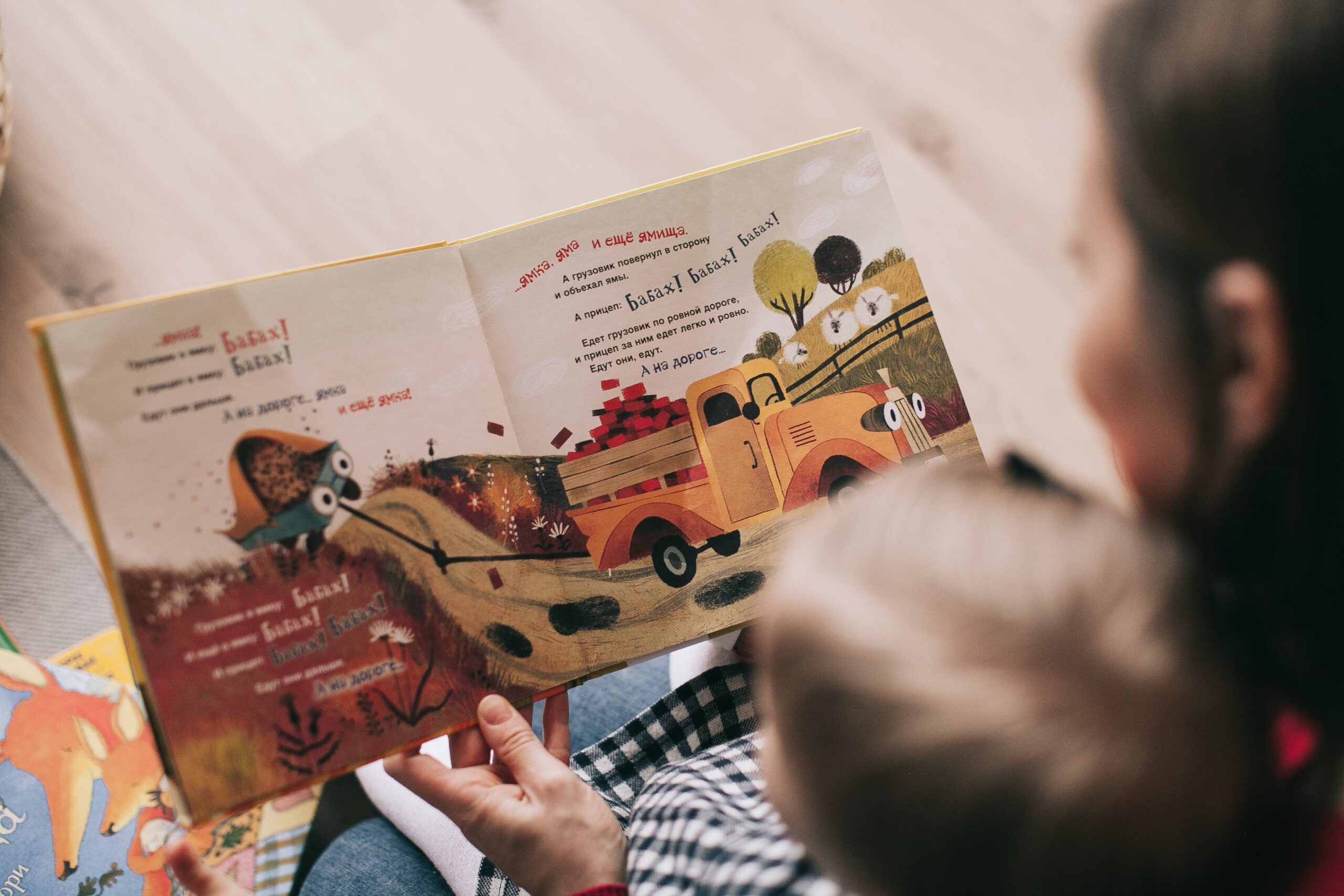We may earn money or products from the companies mentioned in this post.
Last Updated on November 9, 2023 by Samantha Flores
Have you ever been reading a book to your child and thought “What if I wrote a children’s book?” There is always a market for new children’s books and they are much easier to write than books for adults. Of course, there are certain key ingredients required if you want to make your book successful. This post explains more about how to write a successful children’s book.
7 Tips to Successfully Write a Children’s Book
Follow these tips to help you create a book that your kids and future generations will love.
Use your own kids as research
A great way to write an effective book is to use your kids as inspiration. What parts of books do your kids love? Which types of books do they find boring? By considering your kid’s preferences, you can come up with a book that is likely to appeal to many kids.
Create a memorable character
Every kids’ book needs a memorable main character. When it comes to books aimed at young kids, animals, and fantasy creatures tend to be the main characters. With books aimed at older kids, the protagonist tends to be a child themselves.
This character needs to be relatable in some way, while also having something unique about them. Comic relief characters (which could include sidekicks or villains) are also a common trope.
Teach a moral
The best kid’s books often aim to teach a moral. This moral is often presented through a problem a character solves by learning to change their ways. Morals are particularly important to young kids’ books. With older kids’ books, they may be slightly more buried in the story, but they are typically still there.
Keep the language simple and fun
An advantage of writing for kids is that you don’t have to have an amazing vocabulary. Kids’ books are deliberately simple so that kids can understand them. They’re also a chance to have fun with sentences and be silly.
Repetition is key to many young kids’ books such as the works of Dr. Suess. Rhyming can also be a fun feature to use in young kids’ books – the likes of this Rhyme Finder tool can help with this. You can also embrace silly names and creative onomatopoeia.
Get the word length right
A child’s age can affect their patience. It’s therefore important to consider the age of your reader and to get the word length right. Basic board books for under 3s typically contain no more than 200 words. Picture books for kids between 3 and 7 can get away with using more words (usually 200 to 1000 depending on the age).
Books for older kids that incorporate chapters and don’t have pictures can meanwhile be much longer. That said, 10,000 words are usually enough for kids under 10.
Work with an illustrator
When it comes to books aimed at younger kids, illustrations are key to making your book engaging. Unless you’re an artist yourself, you will need to consider hiring an illustrator. You can find plenty of illustrators for hire online. You may even know a friend who is great at drawing and is up for the opportunity.
Explore publishing options
Writing and completing a book is only half the battle. You then need to publish and market your book to sell it. Many publishers specialize in kids’ books. Some of these publishers will do a lot of the marketing for you, but they will also take a large cut of the sales. Self-publishing is tougher but can be done. As for marketing your kids’ books, here are some key tips.



